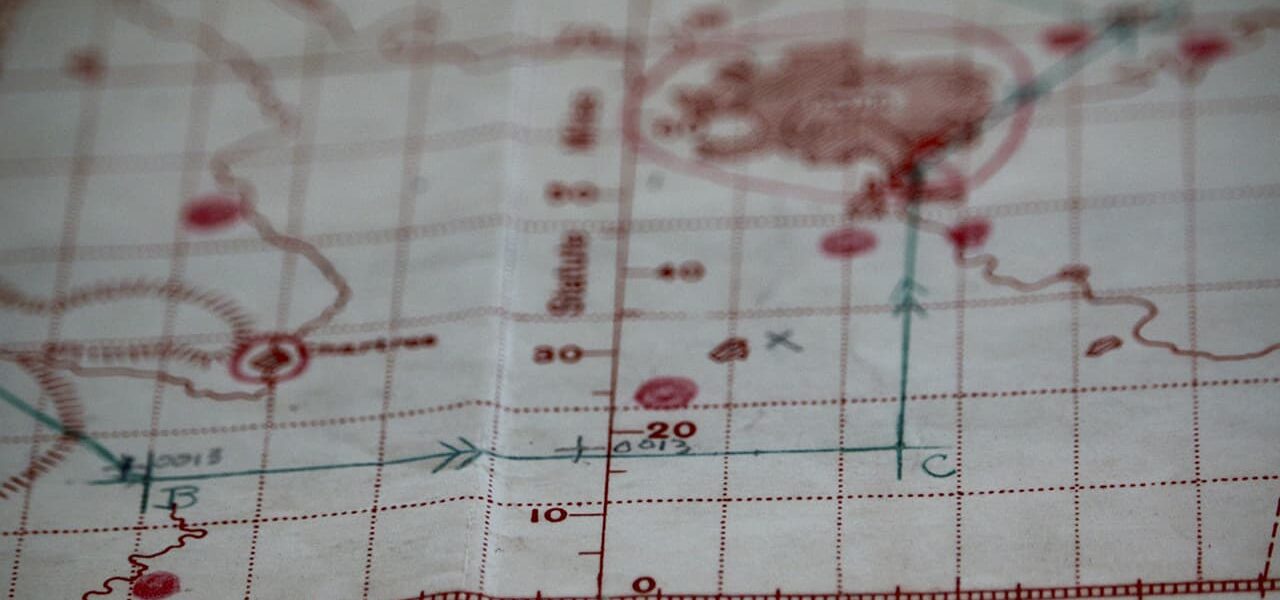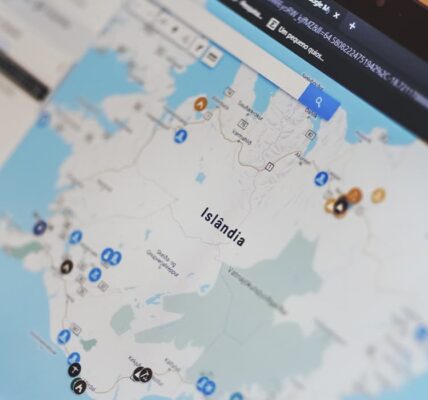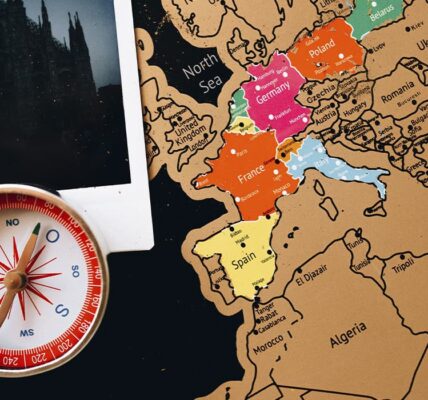Cartography is essential today. It is necessary for all the activities associated with globalization, such as international trade and intercontinental mass travel. because they require minimal knowledge of where things are in the world.
Because the size of the Earth is so large that it is impossible to view it as a whole, cartography is the science that allows us to get as close as possible.
Cartography consists of two branches: general cartography and thematic cartography.
General cartography. These are representations of worlds of a broad nature, that is, for all audiences and for introductory purposes. Maps of the world, maps of countries are all the work of this very division.
Thematic cartography. On the other hand, this branch focuses its geographical representation on certain aspects, themes or specific rules, such as economic, agricultural, military elements, etc. For example, this branch of cartography includes a map of the world of sorghum development.
Cartography has a great function: to describe our planet in detail with varying degrees of accuracy, scale, and in different ways. It also involves examining, comparing, and critiquing these maps and representations in order to discuss their strengths, weaknesses, objections, and possible improvements.
After all, there is nothing natural about a map: it is an object of technological and cultural clarification, an abstraction of human development that stems in part from the way we imagine our planet.
Generally speaking, cartography bases its representational work on a set of elements and concepts that allow us to accurately organize the various contents of a map according to a particular perspective and scale. These cartographic elements are:
Scale: Since the world is very large in order to represent it visually, we need to scale down in the usual way to maintain proportions. Depending on the scale used, distances normally measured in kilometers will be measured in centimeters or millimeters, setting an equivalent standard.
Parallels: The Earth is mapped with two sets of lines, the first of which are parallel lines. If the Earth is divided into two hemispheres, starting from the equator, a parallel is a line parallel to that imaginary horizontal axis that divides the Earth into climatic belts, starting with two other lines called the tropics (Cancer and Capricorn).
Meridians: The second set of lines conventionally dividing the globe, the meridians perpendicular to the parallels, is the “axis” or central meridian passing through the Royal Greenwich Observatory (known as the “zero meridian” or “Greenwich Meridian”). London theoretically coincides with the Earth’s axis of rotation. Since then, the world has been divided into two halves, separated every 30° by a meridian dividing the Earth’s sphere into a series of segments.
Coordinates: Connecting latitudes and meridians gives you a grid and coordinate system that allows you to assign a latitude (defined by latitudes) and a longitude (defined by meridians) to any point on the earth.
The application of this theory is how GPS works.
cartographic symbols: These maps have their own language and can identify objects of interest according to certain conventions. For example, some symbols are assigned to cities, others to capitals, others to ports and airports, etc.


